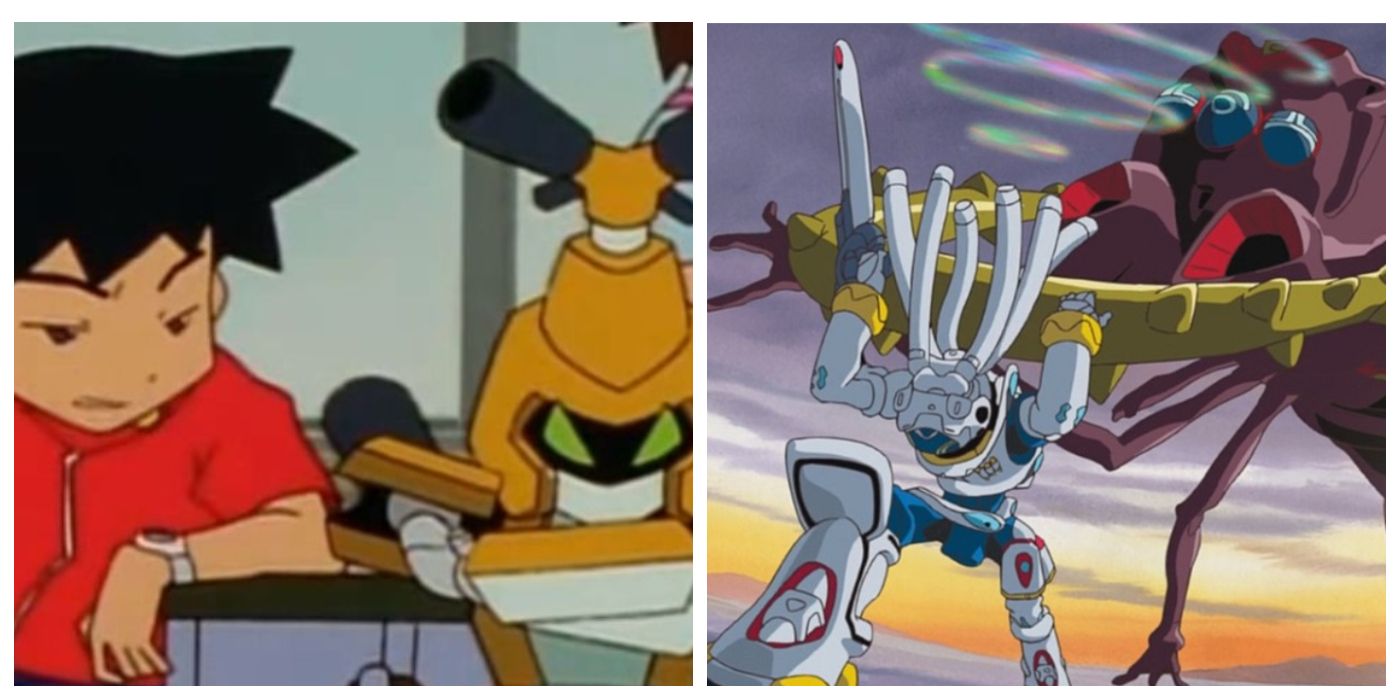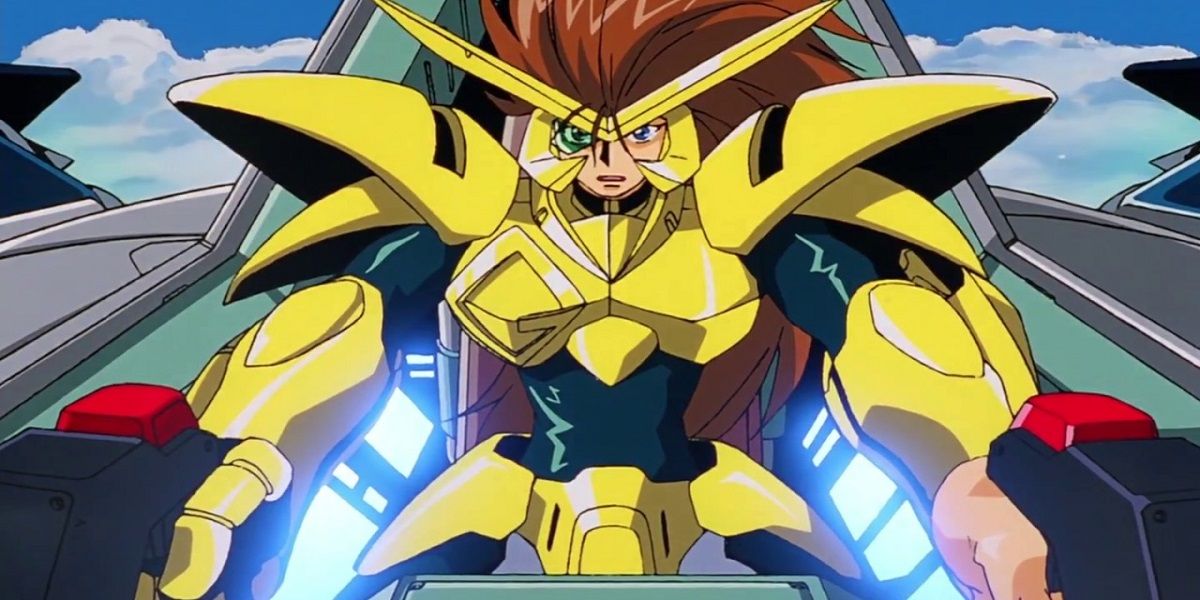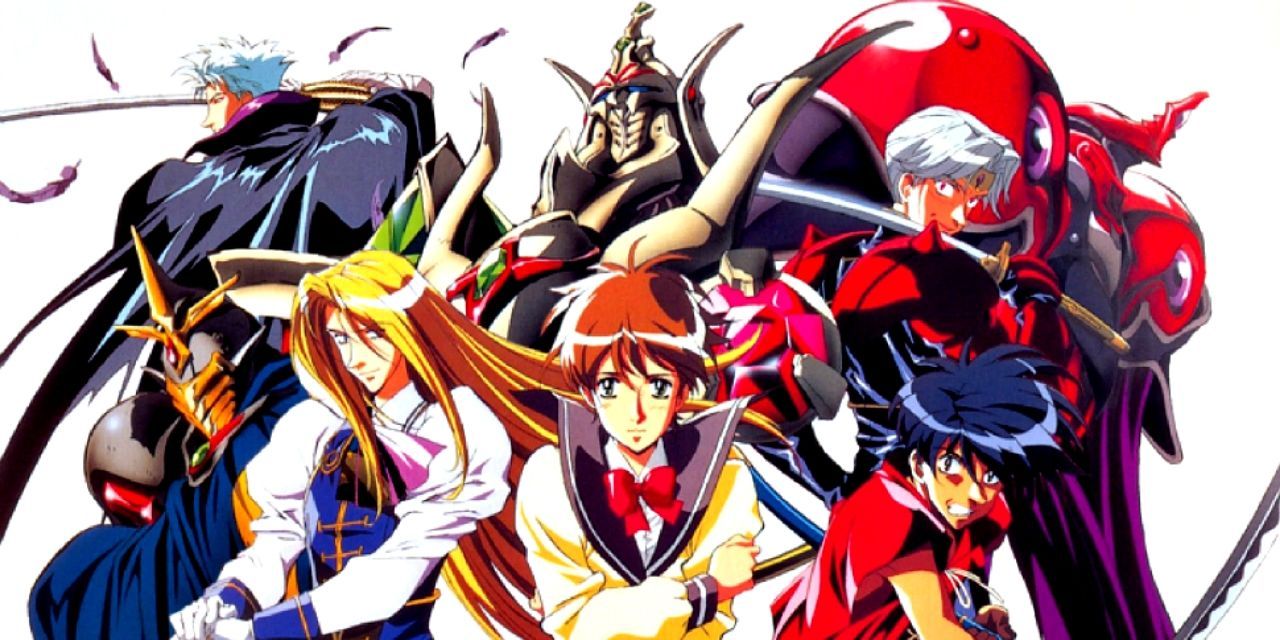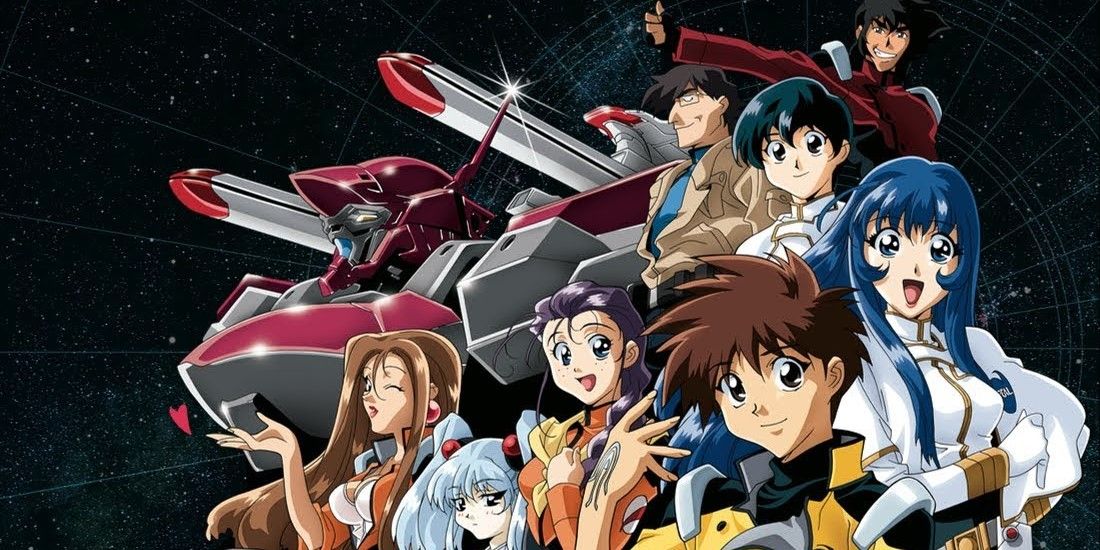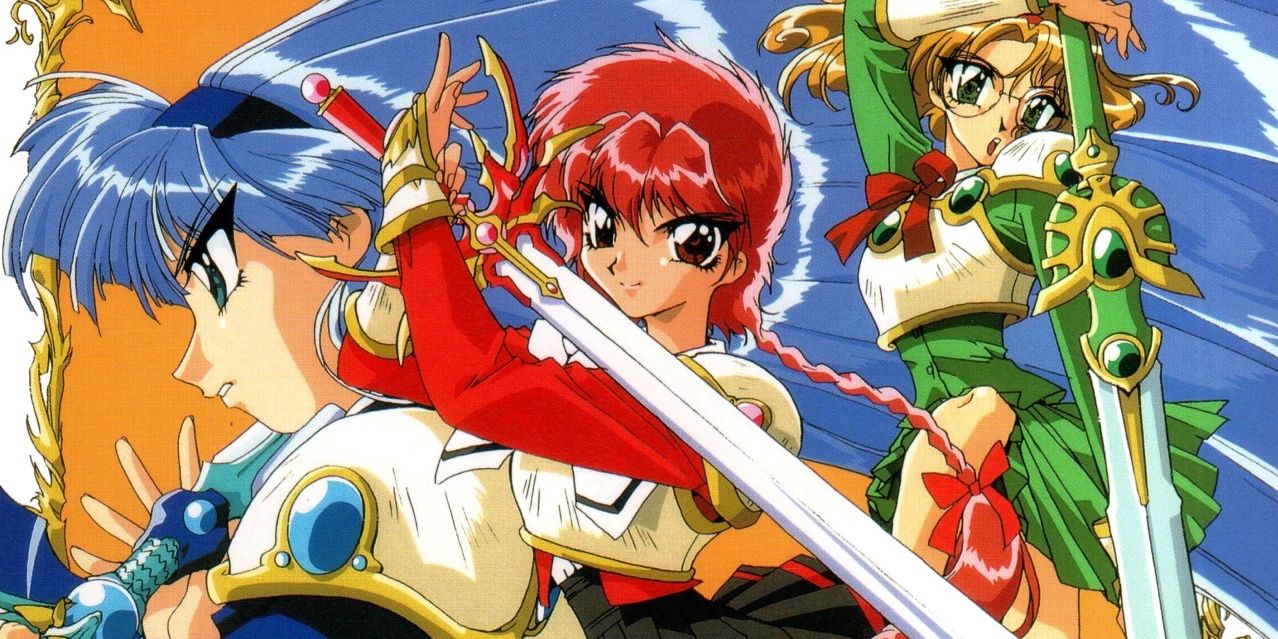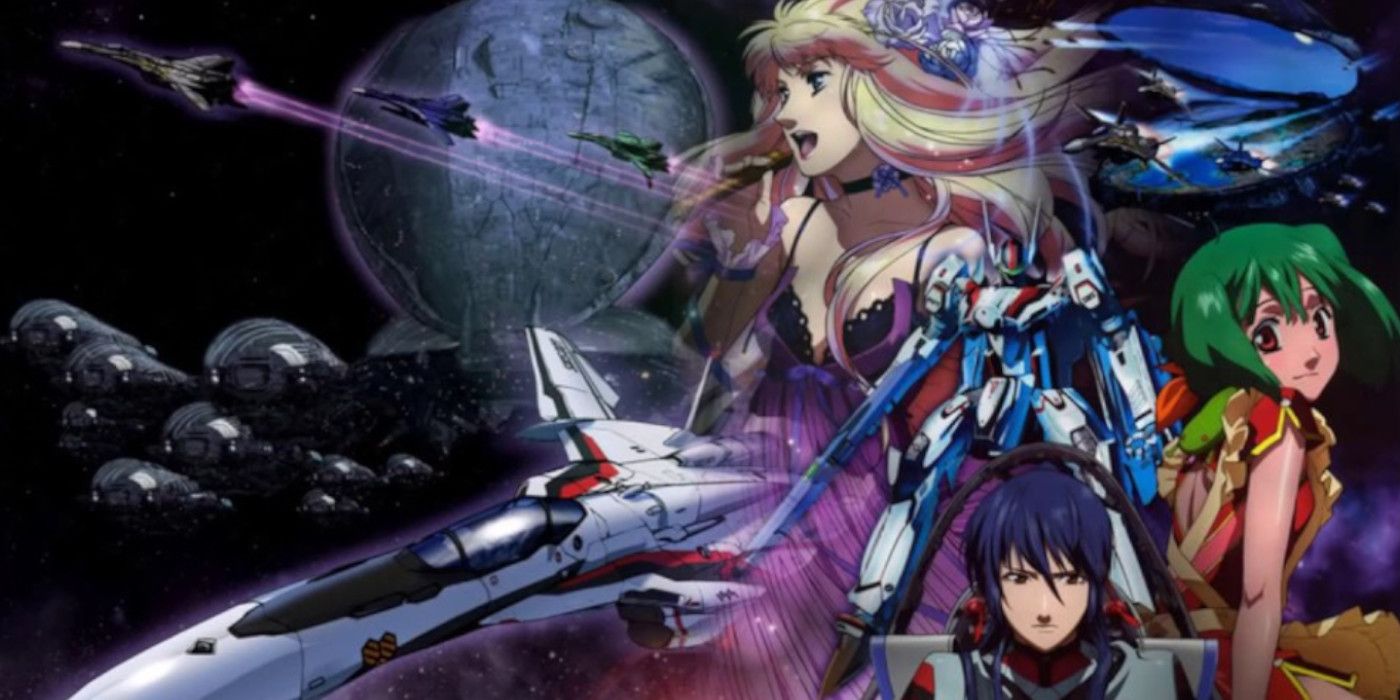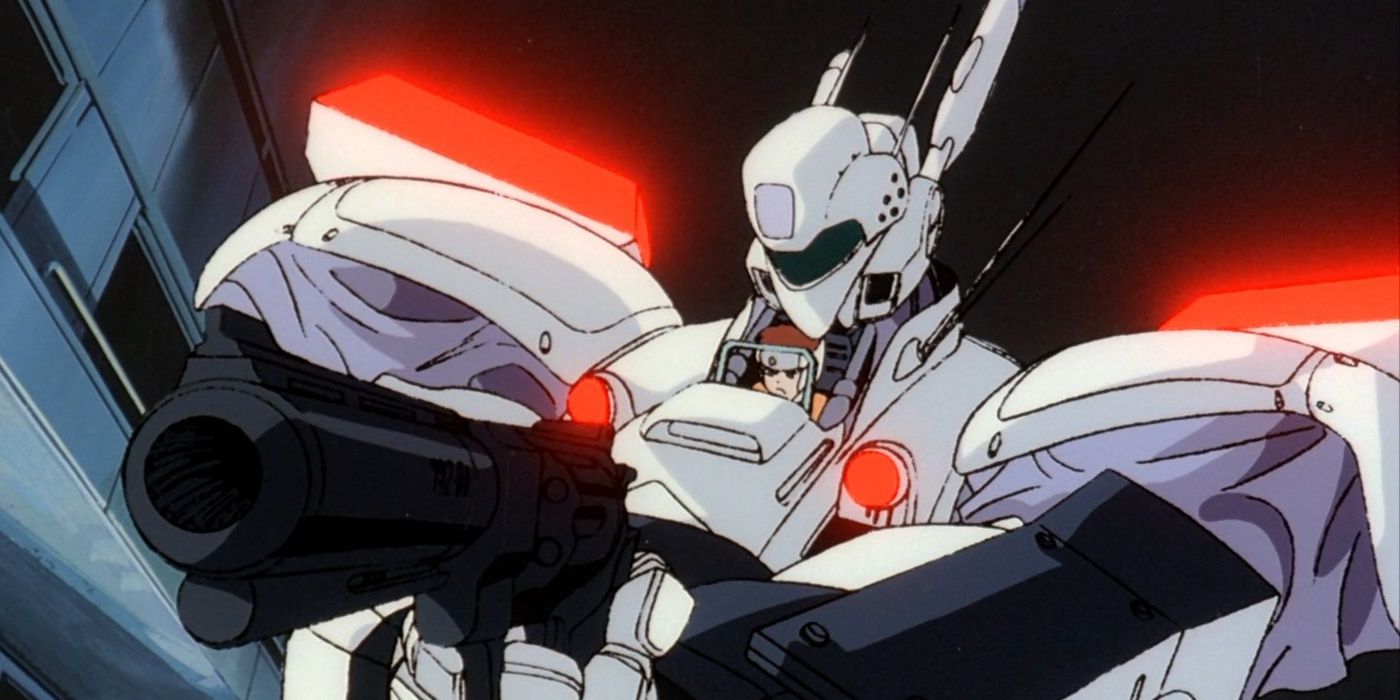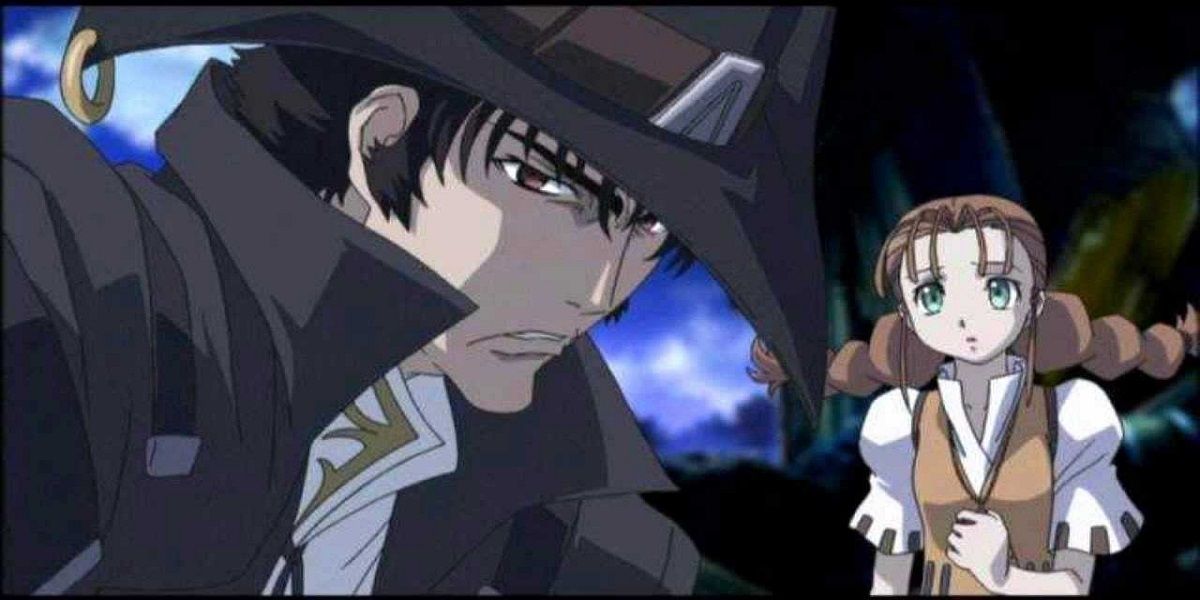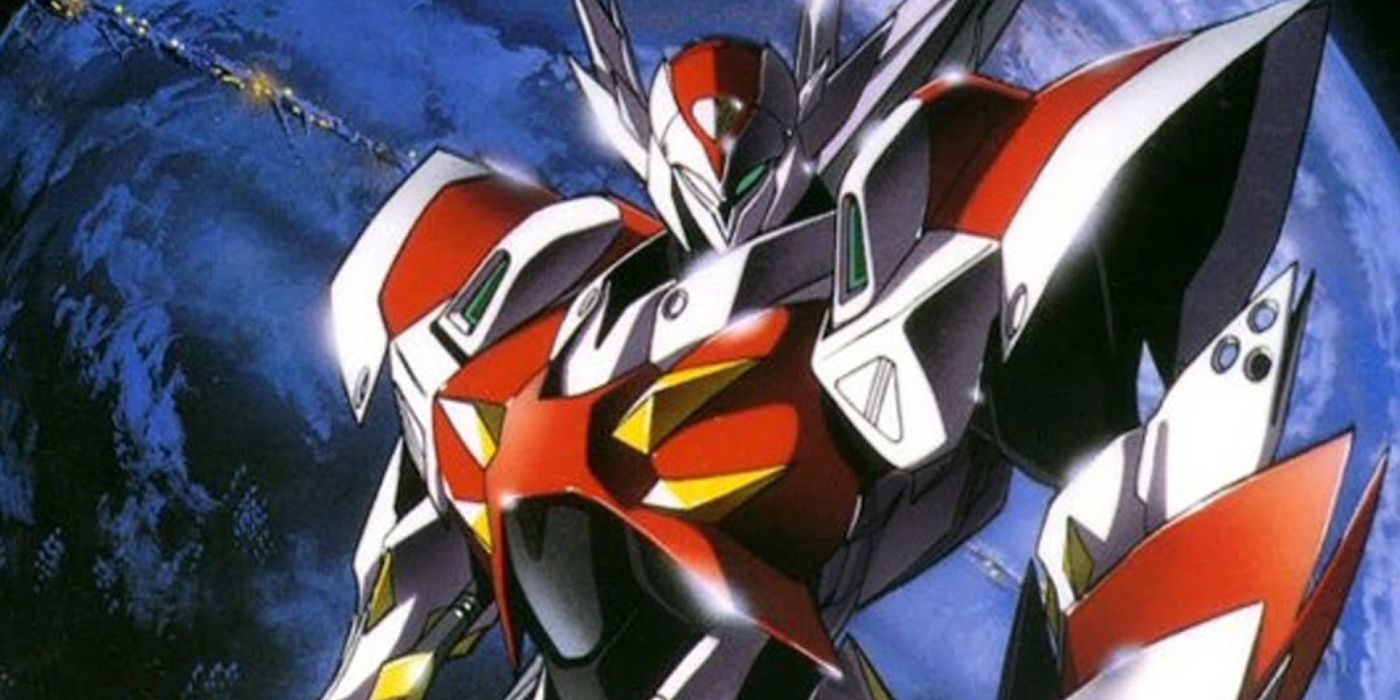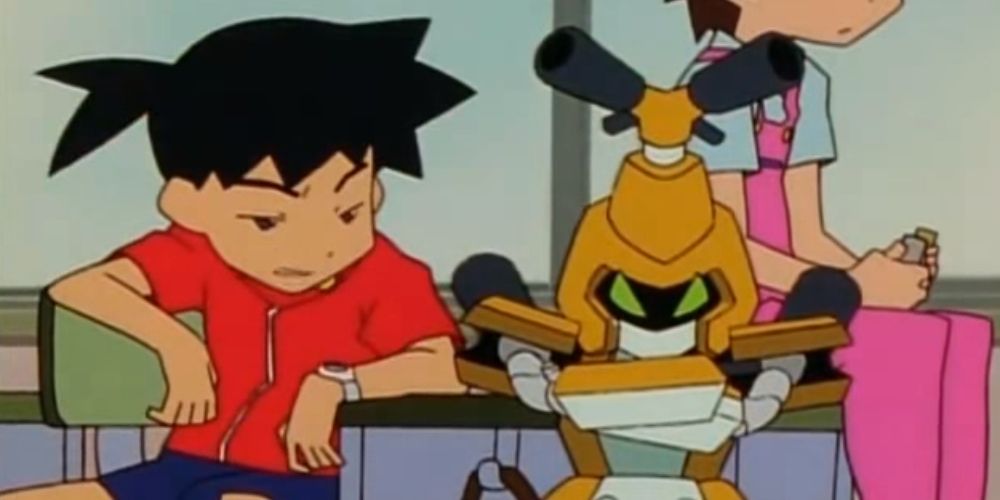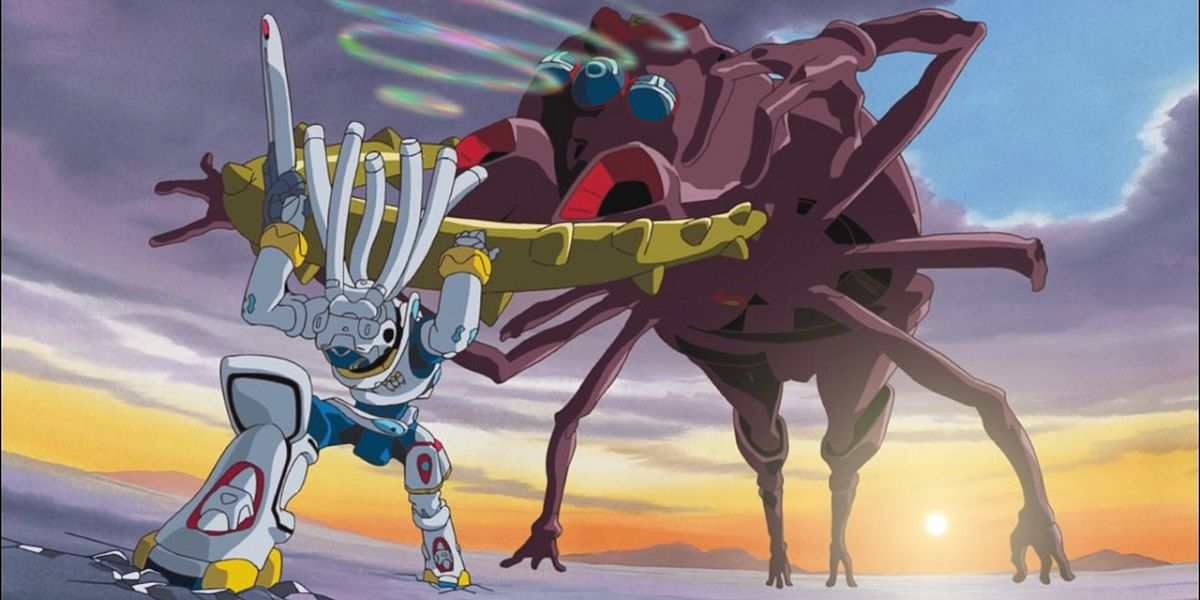Though mecha anime spent decades at the top in Japan, the same isn't as true in the United States. Mecha's time on top was brief, which lined up with how mecha was gradually on its way out when anime experienced the first major boom in the West. By the late 2000s, only a few mecha series were even being mentioned.
As the anime industry continues to grow, there are more and more classic anime series that are barely mentioned even though they were once considered greats. Sometimes the problem comes down to difficulty obtaining the rights to air the series, while in other cases the series didn't get the same amount of reruns as other popular series, causing them to fade into obscurity.
10 GaoGaiGar Was The Best Of The Brave Series
In America, the Brave franchise went largely overlooked, even though it lasted for most of the '90s in Japan. The one series that did get attention was King of Braves GaoGaiGar, Sunrise's last entry in the franchise.
With GaoGaiGar, the franchise broke from many of its own established traditions. The protagonist was an adult and the drama was ramped up considerably compared to most of the older series. This series achieved some notoriety in the West in the early 2000s but has since been drowned out by late 2000s mecha anime like Code Geass and Gundam 00.
9 Escaflowne Was A Beautiful Mecha Isekai
Macross creator Shoji Kawamori is occasionally known to take breaks from Macross to create other mecha franchises. One such franchise was Vision of Escaflowne, a story of a young girl named Hitomi being transported from her world to the planet Gaea.
On Gaea, Hitomi joins Van, the young King of Fanelia, against the power-hungry Zaibach Empire. Escaflowne got off to a rough start in the West thanks to it premiering on Fox Kids in a heavily edited format, but it bounced back later on. The series eventually became a must-watch for mecha fans, but these days it's rarely ever mentioned.
8 Martian Successor Nadesico Knew Not To Take Itself Seriously
By the '90s, both Real Robot and Super Robot had been around for several decades. There were plenty of well-established mecha anime tropes in place from major franchises like Gundam and Macross. Soon after, Nadesico came along and made a name for itself by not taking any of those tropes seriously. While the show does have its serious moments, even those tend to poke fun at popular mecha tropes.
The protagonist is a good example of making fun of tropes. He's a chef who's summoned to the Nadesico and asked to pilot one of their robots, even though he has no desire to do anything other than be a cook. Meanwhile, the guy who actually wants to be a pilot doesn't even get to die in combat but is instead shot by some prisoners escaping the Nadesico.
7 Magic Knight Rayearth Became A Big Hit For CLAMP
One of the worst things about isekai is how so many series appeal to audiences through egregious amounts of fanservice. But in the '90s, shows like Magic Knight Rayearth showed how isekai could appeal to young girls as well. Early isekai often took on a fairytale-like quality where girls were transported into magical worlds and could become heroes.
Magic Knight Rayearth was one of the earliest examples of this type of story, transporting three middle school girls to the fictional world of Cephiro and asking them to rescue the world's Princess. This series became one of manga group CLAMP's earliest success stories.
6 Macross Frontier Should Have Been A Bigger Deal
When Macross Frontier premiered in 2008, it was the first time the series had been on television since the mid-90s. It was also Macross' 25th anniversary, so in Japan, the rollout was a big occasion. They even premiered the first episode several months early to build up excitement.
Macross Frontier delivered on all fronts, presenting two amazing idol characters in Sheryl Nome and Ranka Lee along with some beautiful dogfight combat. But the series could only get so big in the West thanks to the rights issues surrounding Harmony Gold's ownership of Robotech. With no official English release, the popularity faded in the West after only a few years.
5 Patlabor Was An Underrated Series Of The '90s
Few series have had as inspired an idea for mecha as Patlabor. The series decides to use giant robots not as tools of war but as tools for heavy construction. Mecha known as labor are used primarily for building things, but when labors are stolen and used to commit crimes, it forces governments to create something new.
Enter the Special Vehicles unit, who pilot Patrol Labors to deal with Labor Crime. Patlabor doesn't look like any other mecha series before or after it. The series' focus isn't on how giant robots are dangerous, but on how all technology can be dangerous if improperly used. If any franchise could stand to make a comeback, it's this one.
4 Gun X Sword Showed The Variety In Super Robot Anime
When Super Robot anime was introduced in the '70s, it set up some expectations and tropes. The protagonists were usually hot-blooded types going against aliens or secret agencies for the good of the planet. Gun x Sword wasn't about any of that.
The protagonist Van was a sullen man on a dark mission of revenge. His wife was killed on their wedding day by a man known only as The Claw. And while Van experiences some development to break out of his trauma-induced anger, his goals never change. Gun x Sword showed Super Robot anime can break out of its mold and still capture people's attention.
3 Tekkaman Blade Was A '90s Anime Classic
Tekkaman Blade is a reboot of Tekkaman from the '70s. The series focuses on humanity at war with aliens known as Radam. Though humanity is on the losing end, they've got one ace up their sleeves: a man known only as D-Boy, wielding the power of the Tekkaman armor for the humans.
Though D-Boy can only use his power for thirty minutes before going berserk, this still gives humans the edge they need. Tekkaman Blade managed to make its way to the United States in the early '90s, but airing at unpredictable time slots made it hard to attract a large audience.
2 Medabots Knew How To Balance Mecha & Comedy
Medabots was a big deal for younger audiences in the early 2000s. Taking place in a world where everyone has their own sentient robot companions, Medabots are often used for series' specific bouts called robattles. Elementary school kid Ikki Tenryou gets his own Medabot in Metabee, an older Medabot that's supposedly outdated.
But Medabee's strange origins not only make him more willful than most Medabots, but also strong enough for them to compete in Medabot Tournaments. This series was a Saturday morning classic for young fans, not taking itself too seriously while also providing kids with some solid fight scenes.
1 Overman King Gainer Allowed Mecha To Get Weird
When Overman King Gainer was announced as a new project by Gundam creator Yoshiyuki Tomino, the end result was likely not what anyone expected. The show takes place in the far future, where humans live in domed cities to protect themselves. The protagonist is a teenager named Gainer, who becomes famous thanks to his talent for video games.
But when Gainer is accused of being part of the Exodus movement by the authorities, his attempt to run away results in him becoming the pilot of a giant mecha known as an Overman. Despite its setting, the "Kill 'Em All" moniker fans gave Tomino held no weight here, as very few characters die. From its mecha designs to its odd crew of characters, Gainer allowed mecha to be weird and it was wonderful.

